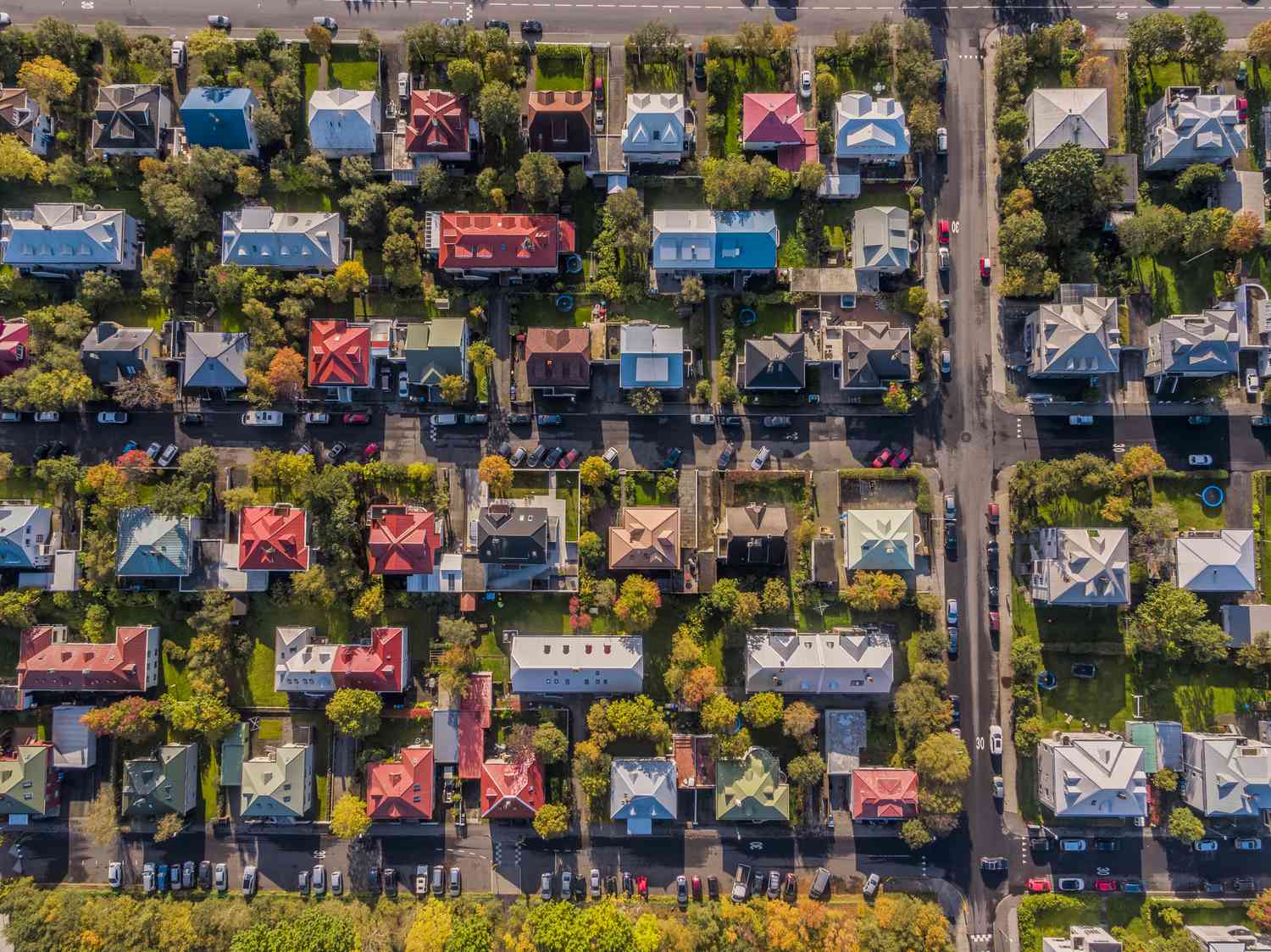Determining when a residential property is “big enough” is a subjective and deeply personal consideration that varies significantly from individual to individual.
The ideal size of a home depends on a myriad of factors, including lifestyle, family size, preferences, and financial considerations.
Here, I will explore some perspectives on what makes a residential property sufficiently spacious and the diverse factors that contribute to this perception.
Firstly, the concept of a “big enough” residential property is inherently tied to individual or family needs.
A property that suits a single professional may feel cramped for a growing family, while a spacious home for a retired couple might seem excessive for someone with a more minimalist lifestyle.
It is crucial to consider not only the present but also anticipate future needs when determining the appropriate size.
Family dynamics play a significant role in this evaluation. A property that comfortably accommodates a couple might need to be larger for a family with children or multiple generations living together.
The number of bedrooms, common spaces, and outdoor areas become pivotal factors in ensuring that the home meets the practical and emotional needs of its residents.
Another crucial aspect is lifestyle preferences. Some individuals may prioritize open spaces, gardens, and recreational areas, considering them essential for a fulfilling living experience.
Others may prioritize a more compact, low-maintenance property to suit a busy lifestyle or personal preferences.
The right size is not just about the square footage but how well the space aligns with the homeowner’s preferred way of living.
Financial considerations also play a significant role in determining the appropriate size of a residential property.
Affordability, both in terms of the initial purchase and ongoing maintenance, influences the decision-making process.
Striking a balance between having a comfortable living space and managing associated costs is a critical aspect of the “big enough” equation.
From an environmental perspective, there is a growing awareness of the ecological footprint associated with large properties.
Many individuals are now considering more sustainable and energy-efficient living spaces, opting for smaller homes that align with eco-friendly practices.
The size of a residential property, in this context, is not just a personal choice but a conscientious decision about resource consumption and environmental impact.
In conclusion, determining when a residential property is big enough is a nuanced and subjective consideration.
It involves a delicate balance between individual needs, family dynamics, lifestyle preferences, financial capacity, and environmental consciousness.
As societal values evolve, the definition of an ideal living space continues to shift, emphasizing the importance of a holistic approach that encompasses both personal fulfillment and responsible stewardship of resources.
Ultimately, a “big enough” residential property is one that not only meets immediate needs but also nurtures a sense of well-being and harmony with one’s surroundings.
